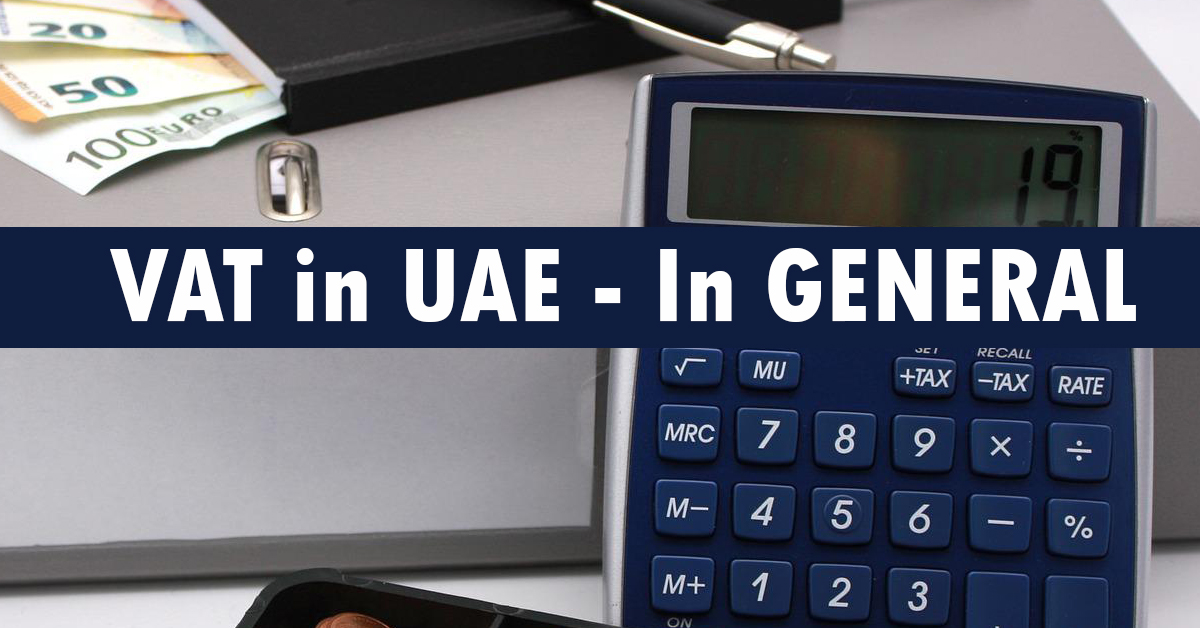VAT in UAE: Today, I’m going to write about value-added tax in the United Arab Emirates, which we call VAT in UAE in short form. VAT in the UAE was introduced on the 1st of January, 2018.
As many products or services are sold within the borders of a country, the government imposes a certain percentage of tax according to its value, which is known as value-added tax. The same is the case in UAE.
Value Added Tax is a type of general consumption tax. In UAE, VAT is imposed on most supplies of goods and services that are bought and sold.
Value-added tax is an indirect tax because the people who are paying this tax do not give directly to the government.
Such as in UAE, when we buy personal property, houses, cars, etc., the tax paid on them goes directly to the government accounts. But VAT does not go directly to the government.
If a shopkeeper is giving tea worth 100 Dirham to the customer, there is a VAT of 5 Dirham on it. The government counts how many products are sold, then the government takes this tax directly from the company.
For instance, if the company has sold 1000 products then the government will collect tax from the company based on the value of those products. Because it is difficult for the government to collect tax from each customer based on their purchases. The tax which passes through various procedures to the government is called an indirect tax. And that’s why value added tax is also called an indirect tax.
Example of VAT in the UAE:
To explain how VAT works in UAE, we have provided an example which is as follows:
Step 1: A producer (a farmer) has produced dates in his fields. The raw material is collected and sold to the factory. The farmer collects VAT from the factory on the behalf of the government.
Step 2: In the factory, some manufacturing activities are done and then the product is sold to the wholesaler. The factory collects VAT from a retail chain on the behalf of the government.
Step 3: The wholesalers will sell the product to retailers. Then the product is stocked in stores and displayed for sale to end-user. The retail outlet collects VAT from customers on the behalf of the government. Simply, we can say that VAT is charged at each step of the supply chain.
VAT is necessary, why? :
Many people wonder why VAT (value-added tax) is necessary. VAT is necessary because the government has to run its own circuit The government has to run government institutions, hospitals, and schools and pay salaries to its employees, airforce, police, and international players. VAT is another source of income for the government.
The government needs money to run the operations of a country and this money comes from VAT too. Sometimes VAT is increased because the government has fewer resources. And due
to the high cost, the demand for that product is reduced and resources are utilized properly.
The VAT rate in UAE: how to calculate vat in UAE?
The general rate of VAT in UAE is 5% and applies to most goods and services. For instance, if an item costs 100 dirhams, a tax of 5 dirhams will be charged on it.
Related Links
Exempt Supplies in the UAE | VAT on consultancy services | VAT on Free zone companies | VAT Registration in the UAE | VAT on Export from UAE to GCC Countries | Audit Services


